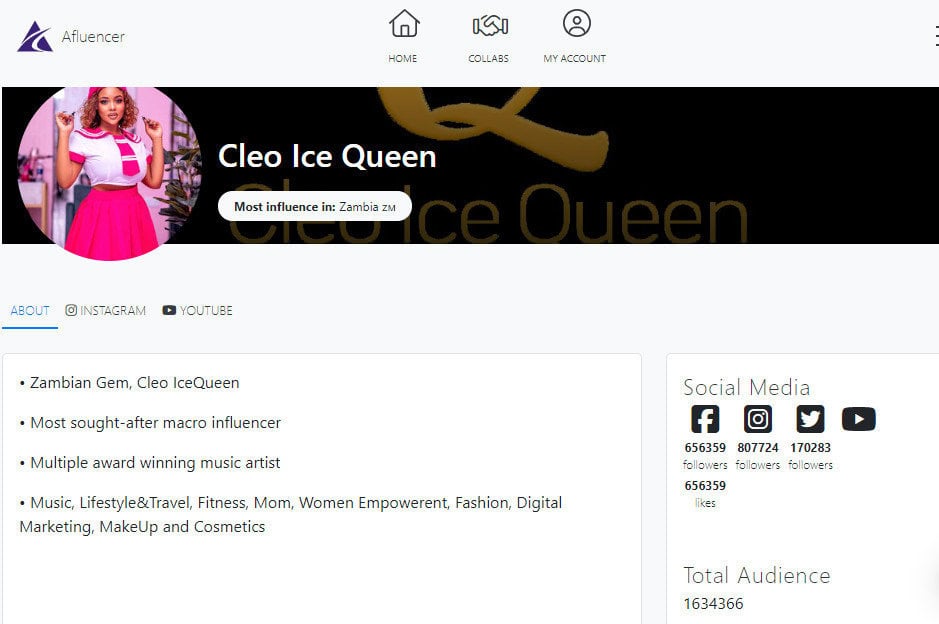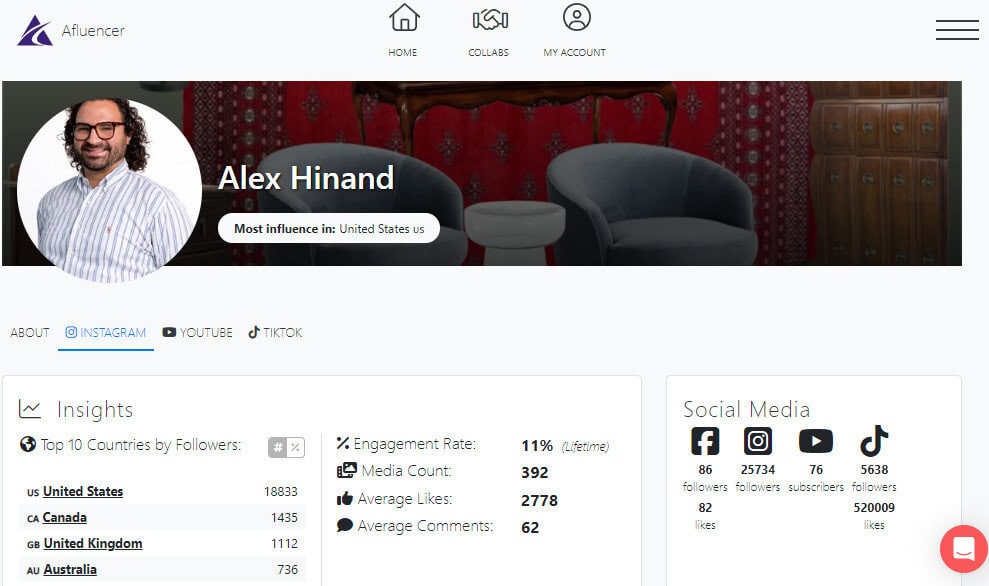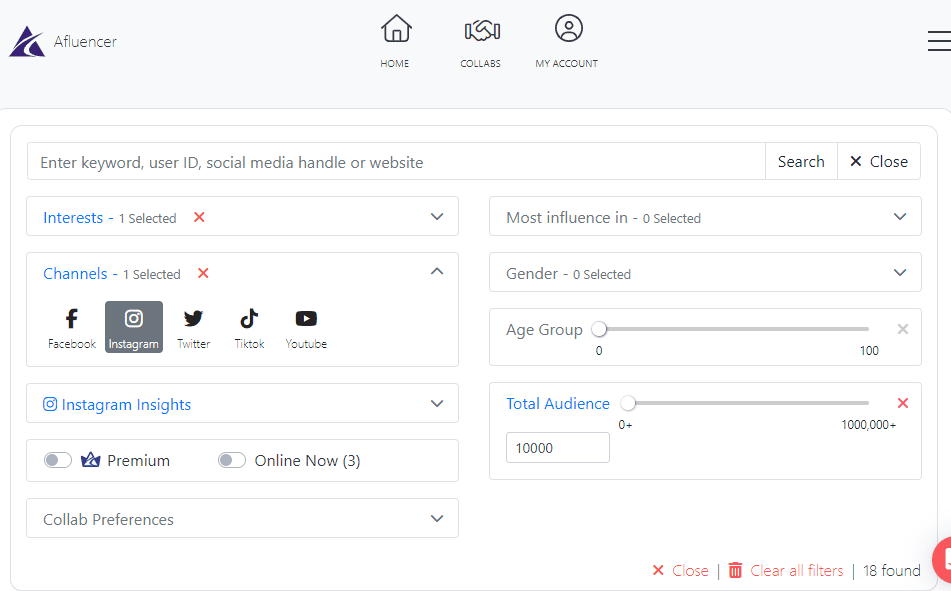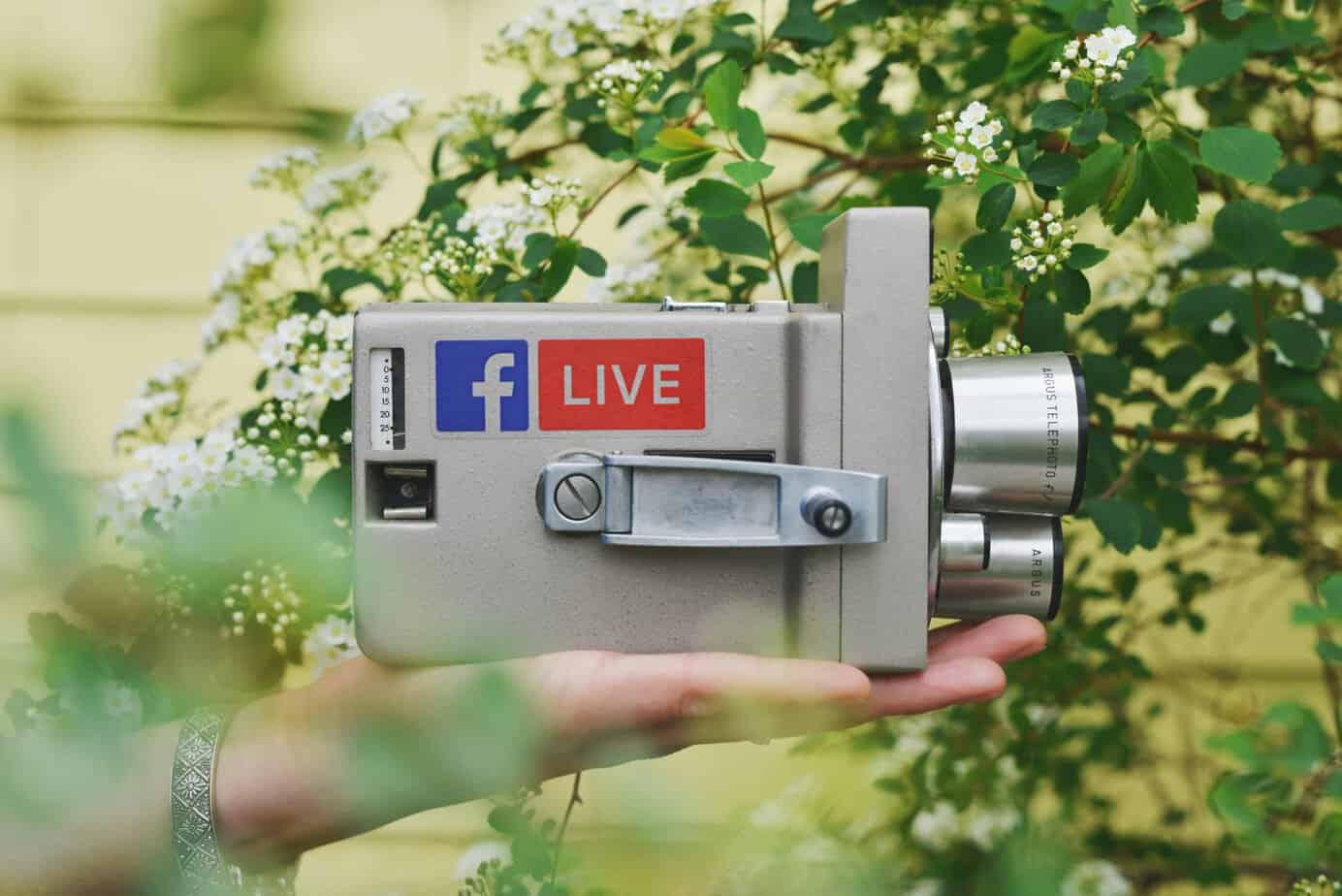Picture this: you’re a small business owner navigating the vibrant, bustling marketplace of the digital world. The competition is fierce, and your marketing budget isn’t exactly overflowing. How do you make your brand shine without breaking the bank? In today’s dynamic digital marketplace, small businesses continually seek innovative ways to reach their target audiences. Traditional marketing methods can be prohibitively expensive and often don’t provide the personalized touch that modern consumers crave.
Enter micro-influencers—the superheroes of social media! Among the plethora of options available, micro-influencers stand out as a cost-effective and impactful tool to reach targeted audiences. These everyday folks with a loyal following can give your business the boost it needs. Imagine having a group of enthusiastic advocates who genuinely love your products and are eager to share them with their followers. It’s like having a team of cheerleaders, but cooler and way more effective. Ready to ride the wave of micro-influencer magic? Let’s dive in!
Boost Your Brand with Micro-Influencers!
Discover how Afluencer connects your small business with top nano and micro-influencers to drive real results.
JOIN NOW
What is a Micro-Influencer?
Micro-influencers have a smaller yet highly engaged social media following within specific niches. Unlike macro-influencers who may have broad appeal across various demographics, micro-influencers typically have follower counts ranging from 10,000 to 100,000. What makes them valuable to small businesses is their niche focus, high engagement rates, and authentic connection with their audience. More on this, coming up.
Macro vs Micro-Influencers: What’s the Difference?
In the realm of influencer marketing, understanding the distinctions between macro- and micro-influencers is crucial for devising effective strategies tailored to your small business’s needs.
Macro-Influencers
Macro-influencers are typically individuals who have amassed a large following across social media platforms, often ranging from hundreds of thousands to millions of followers. They are known for their broad appeal and ability to reach a wide demographic audience. Check out this snapshot of macro-influencer and Zambian superstar, Cleo Ice Queen’s, profile and the following:

Here are some key characteristics of macro influencers:
– Reach and Visibility: Macro-influencers have an extensive reach, allowing them to expose your brand to a large and diverse audience within a short span.
– Celebrity Status: Some macro-influencers are celebrities, athletes, or well-known personalities in their respective fields, enhancing their influence and credibility.
– Brand Associations: They may have established partnerships with major brands, contributing to their perceived authority and influence.
While macro-influencers offer massive reach, their engagement rates tend to be lower compared to micro-influencers. Due to their broad audience base, their followers may not always interact as actively or authentically with sponsored content.
Micro-Influencers
Micro-influencers, on the other hand, have a smaller but highly engaged following typically ranging from 10,000 to 100,000 followers. They are known for their niche expertise, authenticity, and strong community bonds. Here’s what sets micro influencers apart:
– Niche Expertise: Micro-influencers often specialize in specific topics, industries, or interests, allowing them to cultivate a dedicated and engaged audience within their niche.
– High Engagement Rates: Due to their smaller follower base, micro-influencers tend to have higher engagement rates. Their followers trust their recommendations and engage more actively with their content. Interior designer, Alex Hinand, has a skyrocketing engagement rate of 11%! He is one micro-influencer you will want to get on your team to market your small business.

– Authenticity and Trust: Micro-influencers are perceived as more relatable and authentic compared to macro-influencers. Their recommendations often carry more weight and credibility among their followers.
Choosing Between Macro and Micro-Influencers for Small Businesses
When deciding between macro- and micro-influencers for your small business, consider the following factors:
– Goals and Objectives: If your goal is to increase brand awareness among a broad audience quickly, macro-influencers may be suitable. For driving engagement, and conversions, and building long-term relationships, micro-influencers often deliver better results.
– Budget Considerations: Working with macro-influencers can be costly. We’re talking several thousands of dollars PER POST. Whereas micro-influencers often offer more affordable Collab options – the majority of them charging less than $500 per promoted post – making them ideal for small businesses with limited marketing budgets.
– Audience Specificity: If your target audience is highly niche or specialized, micro-influencers who cater to that specific audience can offer more targeted and impactful marketing outcomes.
Both macro and micro-influencers offer distinct advantages depending on your small business’s marketing goals, budget, and target audience. However, micro-influencers provide higher engagement rates and niche expertise, making them particularly valuable for small businesses aiming to build authentic connections and drive meaningful interactions with their target audience. By strategically choosing micro-influencers you can optimize your influencer marketing efforts to achieve tangible business results and long-term success.
If you would like to know more about macro vs micro-influencers for your business, we have loads more info on this topic right here. At Afluencer, we have tons of resources to help you make informed decisions about influencer marketing. With us, you can connect with influencers who match your brand – join Afluencer today!
Is There an Easy Way to Find Micro-Influencers?
Speaking of Afluencer… Discovering micro-influencers doesn’t require deep pockets or extensive resources. They can be found across various social media platforms such as Instagram, Twitter, YouTube, and niche-specific blogs. Platforms such as Afluencer simplify the process of identifying influencers based on niche, engagement rates, and follower demographics. Take a look at our filter options when searching for your ideal influencer:

Much easier than haphazardly going through thousands of micro-influencer profiles, am I right?
Influencer Marketing for Small Businesses: Getting Started on Afluencer
Afluencer has thousands of influencers ready and waiting to connect with a brand like yours. Sound great? We bet it does. To get started, there are a few steps you will need to take, with success awaiting you on the other side!
1. Complete your Brand Profile
2. Create a Collab
3. Set Influencer Criteria
4. Set Influencer Rewards
5. Select Your Matching Mode (do you want anyone to apply or only those who match your criteria?)
6. Publish Your Collab
That’s it! It’s super easy. If you need further help with posting your collab on Afluencer or have any questions, then you can contact our support team. They are ready to provide support anytime you need it.
Unlock powerful influencer partnerships – register your brand on Afluencer today!
Influencer Marketing Strategies for Small Business

1. Set Clear Objectives: Define your goals—whether it’s increasing brand awareness, driving sales, or enhancing customer engagement.
2. Research and Vetting: Choose micro-influencers whose values align with your brand. Evaluate their engagement metrics and ensure their audience matches your target demographic.
3. Authentic Collaboration: Cultivate genuine relationships with influencers. Approach them with personalized proposals that highlight mutual benefits and shared values.
Influencer Marketing Ideas for Small Business
Not sure where to start once you have signed on a superstar micro-influencer? Here are some ideas to get your creative juices going.
– Collaborative Content: Create co-branded content such as blog posts, videos, or podcasts that resonate with both your and the micro-influencers audiences.
– Product Endorsements: Encourage influencers to authentically endorse your products through reviews, unboxing videos, or tutorials.
– Live Streaming and Takeovers: Host live streams or allow influencers to take over your social media channels for a day to engage audiences in real time.
Combining Other Marketing Ideas for Small Business with Influencer Marketing
Influencer marketing is potent on its own, but when strategically combined with other marketing tactics, it can magnify results and create a holistic approach to engaging your target audience.
Content Marketing Synergy
Content marketing and influencer Collabs go hand in hand. By partnering with micro-influencers, small businesses can create compelling content that resonates deeply with their audience. This collaboration can take various forms:
– Guest Blog Posts: Invite micro-influencers to contribute guest posts on your blog, sharing their expertise or personal experiences related to your industry or products.
– Co-Created Content: Develop content collaboratively, such as eBooks, whitepapers, or how-to guides that leverage both your brand’s knowledge and the influencer’s unique perspective.
– Video Collabs: Create joint video content where influencers demonstrate your product or service, provide reviews or share insights that appeal to their followers.
This approach not only enhances your content’s credibility and reach but also leverages the influencer’s authority and engagement levels to drive traffic and conversions.
Email Marketing Integration
Integrating influencer-generated content into your email marketing campaigns can significantly boost engagement and conversions. Here’s how you can leverage micro-influencers in your email strategy:
– Influencer Endorsements: Feature influencer testimonials or quotes in your email newsletters to add authenticity and social proof.
– Collaborative Offers: Create exclusive promotions or discounts in collaboration with influencers, encouraging their followers to subscribe to your email list to access special deals.
– Content Repurposing: Repurpose influencer-created content such as photos, videos, or blog posts into email content to keep your subscribers engaged and informed.
By combining email marketing with influencer strategies, small businesses can nurture leads, build trust, and drive conversions more effectively.
Social Media Amplification
While influencer marketing for small businesses primarily utilizes social media platforms, integrating it with your organic social media efforts can enhance visibility and engagement:
– Cross-Promotion: Promote influencer Collabs across your social media channels, tagging influencers and encouraging their followers to engage with your content.
– User-Generated Content (UGC): Encourage influencers and their followers to create and share UGC featuring your products or services. Share this content on your social channels to amplify reach and credibility.
– Live Events and Takeovers: Host joint live sessions or allow influencers to take over your social media accounts for a day to attract new followers and increase engagement.
This integration not only expands your social media reach but also strengthens your brand’s authenticity and credibility through influencer endorsements.
Sign up with Afluencer and discover influencers perfect for your brand.
Paid Advertising
Incorporating micro-influencer content into your paid advertising campaigns can enhance targeting and engagement:
– Sponsored Posts: Amplify influencer-generated content through paid promotions on social media platforms. Target specific demographics that align with your target audience.
– Influencer Ads: Collab with influencers to create ad campaigns that feature their testimonials, endorsements, or product demonstrations. This approach can increase ad relevance and effectiveness.
By aligning influencer marketing with paid advertising strategies, small businesses can optimize their ad spend, improve targeting precision, and achieve higher conversion rates.

Event Collabs
Organizing or participating in events with micro-influencers can create memorable experiences and strengthen community engagement:
– Virtual Events: Host webinars, live Q&A sessions, or virtual workshops featuring influencers as guest speakers or co-hosts.
– Physical Events: Partner with influencers to attend or endorse your offline events, trade shows, or product launches. Their presence can attract their followers and enhance event visibility.
Events provide opportunities for direct interaction with your audience, building trust and brand loyalty through personal connections facilitated by influencers.
Micro-Influencer Marketing for Small Business
Incorporating influencer marketing into your small business’s marketing strategy can yield significant benefits in terms of brand visibility, customer engagement, and sales growth. By leveraging the authenticity and influence of micro-influencers, small businesses can maximize their marketing efforts without breaking the bank. Embrace the power of micro-influencers to establish meaningful connections with your target audience and propel your business toward success in the digital age.
By understanding the nuances of micro-influencers versus macro-influencers and utilizing effective strategies and ideas, you can leverage this dynamic marketing approach to achieve your business goals effectively.
Join the Afluencer community and amplify your brand’s reach.